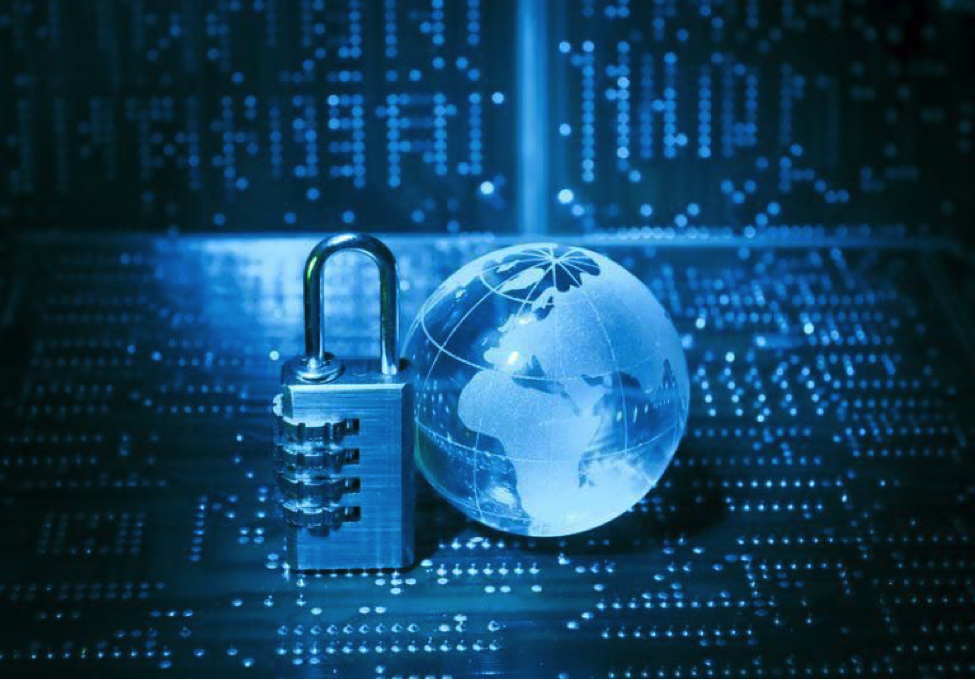Identity Secured Blockchain Assurance
Identity Secured Blockchain Assurance In the dynamic landscape of cybersecurity and digital interactions, the imperative of securing identity has become paramount. Enter the era of Blockchain Assurance for Secured Identity, a technological symphony orchestrating impenetrable fortifications against threats to personal information. In this extensive exploration, we navigate through the intricacies of Securing Identity with Blockchain Assurance, dissecting the nuances that define identity protection and understanding the profound role that blockchain plays in this endeavor.
Introduction: Identity Secured, Trust Assured

In the intricate dance between technology and security, the quest for identity assurance emerges as a central theme. Blockchain Assurance for Secured Identity is not just a concept; it’s a digital fortress, a resilient shield against the ever-evolving landscape of cyber threats. Join us on this journey as we unravel the layers of protection woven by blockchain, ensuring that in the digital realm, identity is not just secure but immaculately so.
Securing the Essence: Blockchain Assurance for Identity Protection
1. Immutable Ledger of Identity: Blockchain’s Infallible Record
At the core of Blockchain Assurance for Secured Identity lies the concept of an immutable ledger. Blockchain, by its very nature, creates a record that cannot be tampered with. This infallible record becomes the bedrock of identity assurance, ensuring that personal information is not just stored but enshrined in a digital sanctuary resistant to manipulation.
2. Decentralized Identity Management: Shattering Centralized Vulnerabilities
In the pursuit of Securing Identity with Blockchain Assurance, the traditional notion of centralized identity management crumbles. Blockchain decentralizes identity, dispersing fragments of information across a network of nodes. This shattering of centralization ensures that no single point becomes the vulnerability through which identity breaches can occur.
3. Cryptography Safeguards: Blockchain’s Cryptographic Arsenal
The assurance of identity is fortified by blockchain’s cryptographic arsenal. In the landscape of Blockchain’s Role in Securing Identity, complex cryptographic algorithms safeguard personal information. Each piece of data is not just encrypted; it is enveloped in layers of cryptographic protection, rendering it incomprehensible to unauthorized entities attempting to breach the digital fortress.
Building Trust: Identity Protection Through Blockchain Assurance

Blockchain Assurance for Secured Identity
1. Smart Contracts Orchestrating Trust: The Digital Covenant
Smart contracts become the digital covenant in the symphony of Blockchain Assurance for Secured Identity. These self-executing contracts encode the rules and conditions of identity transactions. When predetermined criteria are met, the smart contract executes, fostering trust without the need for intermediaries. This not only streamlines identity verification processes but also ensures that trust is an inherent part of every digital interaction.
2. Biometric Data Encryption: Fortifying Personal Recognition
In the world of Securing Identity with Blockchain Assurance, biometric data takes center stage. Blockchain fortifies the encryption of biometric information, ensuring that fingerprints, facial recognition data, and other unique identifiers are not just stored securely but are virtually impervious to unauthorized access. This meticulous fortification establishes a new standard for personal recognition security.
3. Distributed Identity Verification: The Power of Consensus
The power of consensus becomes a pivotal element in the journey of Blockchain’s Role in Securing Identity. Through a distributed network of nodes, identity verification occurs through consensus mechanisms. This ensures that no single entity has the authority to validate or invalidate identity without the agreement of the network, making identity assurance a collective and incorruptible process.
Strategies for Digital Fortification: Identity Assurance with Blockchain

Securing Identity with Blockchain Assurance
1. Zero-Knowledge Proofs: Verifying Identity Without Revealing Information
Zero-knowledge proofs become the enigmatic guardians in the landscape of Securing Identity with Blockchain Assurance. These cryptographic protocols allow parties to prove the authenticity of information without revealing the information itself. In the digital dance of identity assurance, zero-knowledge proofs emerge as a strategic tool, enabling verification without compromising privacy.
2. Immutable Audit Trails: The Transparency Paragon
In the quest for Blockchain’s Role in Securing Identity, the creation of immutable audit trails becomes indispensable. Blockchain ensures that every access, every transaction related to identity, leaves an indelible mark. This transparency paragon not only establishes accountability but also acts as a deterrent against nefarious activities, fostering a secure digital environment.
3. Multi-Signature Authentication: Collective Security Layers
Multi-signature authentication becomes the epitome of collective security layers in Blockchain Assurance for Secured Identity. This multifaceted approach requires multiple private keys to authorize a transaction. This not only reduces the risk of unauthorized access but also ensures that identity transactions undergo meticulous scrutiny before being validated, adding an extra layer of resilience.
The Future Landscape: Evolving Identity Assurance with Blockchain

Blockchain’s Role in Securing Identity
1. Self-Sovereign Identities: Empowering the Individual
The future unfolds with the concept of self-sovereign identities in the realm of Blockchain’s Role in Securing Identity. Individuals gain greater control over their personal information, deciding how and when to share it. Blockchain ensures that these self-sovereign identities are not just secure but are a manifestation of empowerment, where individuals navigate the digital landscape on their terms.
2. Integration with Artificial Intelligence (AI): Intelligent Identity Assurance
The convergence of blockchain and artificial intelligence (AI) marks the next frontier in the evolution of identity assurance. Blockchain Assurance for Secured Identity integrates with AI algorithms, enhancing the intelligent verification of identity. This synergy ensures that identity assurance not only becomes more sophisticated but also adapts dynamically to emerging threats and vulnerabilities.
3. Cross-Industry Adoption: A Universal Security Standard
As the symphony of Blockchain’s Role in Securing Identity resonates, cross-industry adoption becomes a universal security standard. Blockchain’s impact transcends sectors, from finance to healthcare, from education to governance. It becomes the common language of identity assurance, fostering a secure and interconnected digital landscape.
Payoff: Identity Secured Blockchain Assurance
As we conclude this exploration into the realms of Blockchain Assurance for Secured Identity, the resounding theme is one of fortification. Blockchain’s role in securing identity is not just a technological innovation; it’s a paradigm shift, where trust is not just earned but embodied in every digital transaction. Welcome to the era where identity is not just secure; it is immaculately assured through the transformative power of blockchain assurance.







